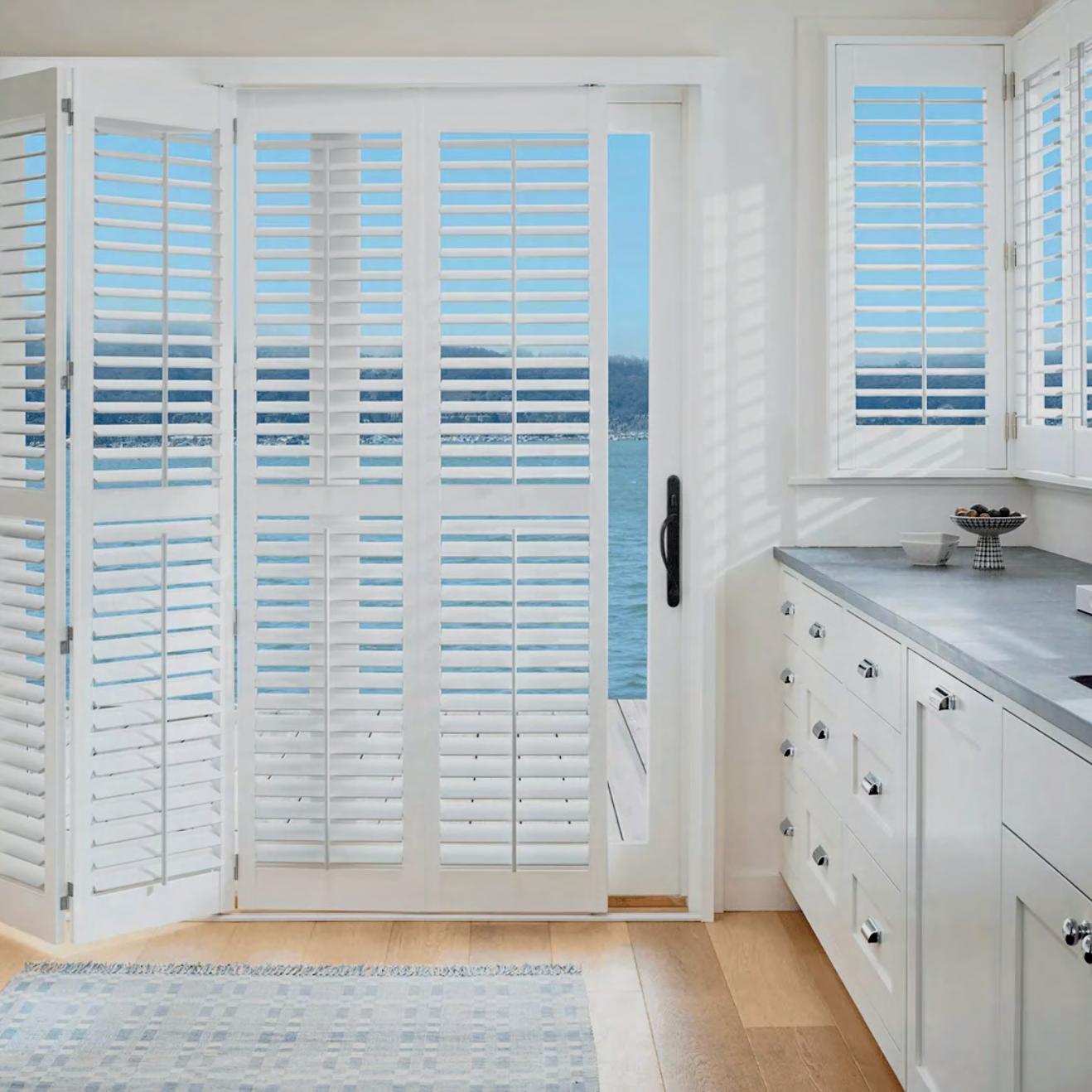
1 minute read
Pest Control Tips for Homeowners
by Trezza Termite & Pest

Buying and building a new home can be a very exciting, but often stressful process. Homeowners are often confronted with such an overwhelming list of important details and decisions regarding financing, inspections, and moving dates, that pest control considerations can fall through the cracks as easily as insects can crawl through them. Our experts at Trezza Termite & Pest Control have compiled some of the most important pest control considerations for homeowners to best protect their investments:
Interior and Exterior Lighting
The way in which you illuminate your home may be setting it up for pest control problems. Many insects are highly attracted to light as well as light colors, which are more reflective. Be aware of your home’s light output. Whether it’s in your landscaping or shining through an uncovered window, consider each light as a homing beacon for many species of insects.

Windows – Check that windows are closed AND latched. Your latching/locking mechanisms press the window into place and create a seal that protects your home. Physically attempt to lift the window, even if the locking mechanism appears to be properly sealed. Without proper latching, you may be unknowingly disarming your home and family to invasive pests.
Moisture Control – Moisture and insects go hand-in-hand. Whether termites, roaches, mosquitos, or ants, moisture control is a critical part of every pest prevention program. Simple steps to control moisture make a huge impact, including sprinkler adjustments and proper landscape pruning that prevent contact with your home’s structure. Also, flower beds should be cleared of stored materials and there should be clearance between any mulch and your home’s siding. Gutters are also a fantastic investment, if they are not already in place.
Landscape Maintenance - Overgrown landscaping often presents problems for homeowners. When vegetation comes into contact with your home’s structure, it acts as a “bridge” for insects and rodents, allowing them to bypass most control measures. Dense vegetation also acts as a barrier for sunlight and breeze that help keep conditions dry. For ideal results, vegetation should be trimmed back by at least 2’.
Bird Feeders - While bird feeders may draw in attractive birds, they also feed rodents and other less than desirable critters. Feeders should be placed at least 10’ away from your home and excess bird food should be stored in a durable and sealed container.










